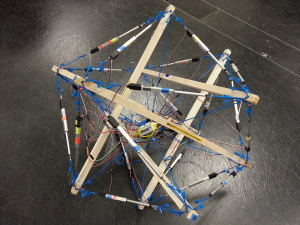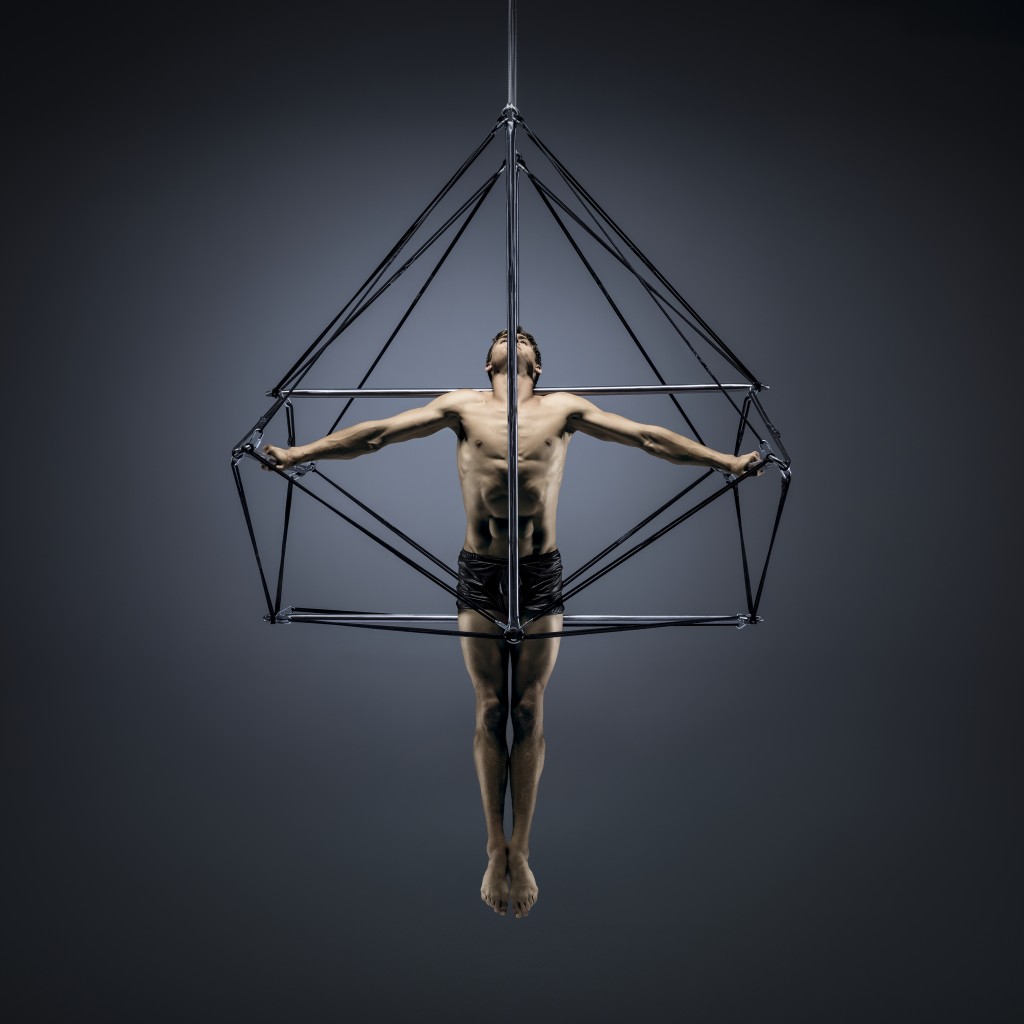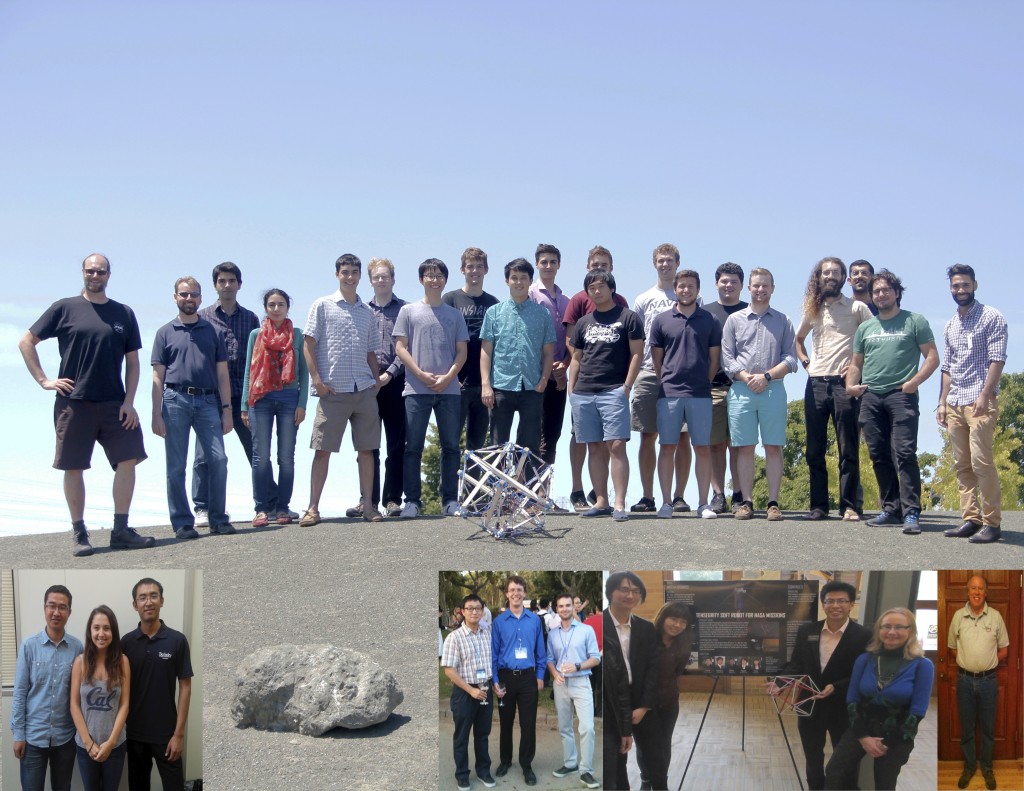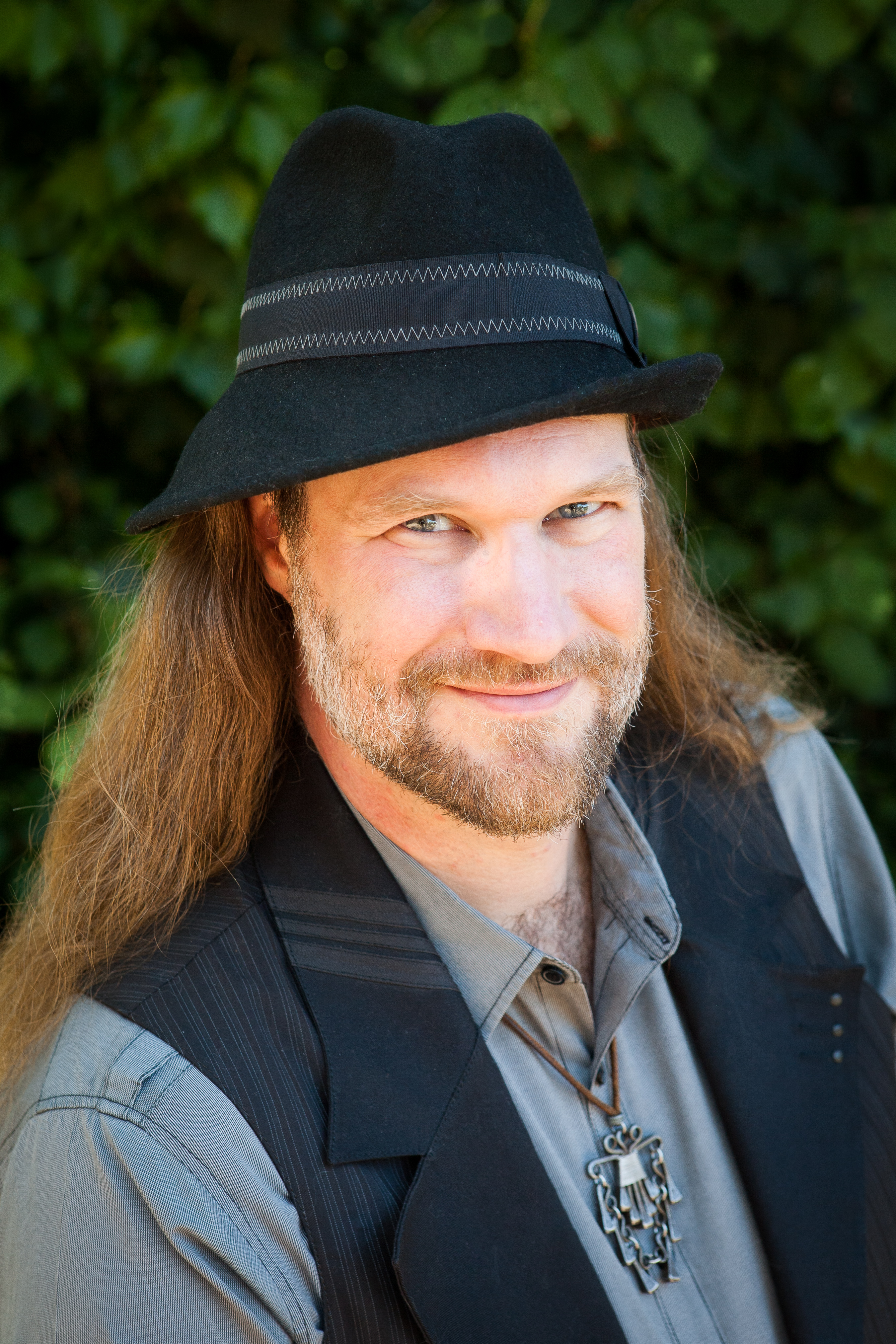Wow, now this is an extremely special moment — our tensegrity robots have just appeared in a new book “Biotensegrity: The Structural Basis of Life” by Graham Scarr. The book answers the question ‘What is biotensegrity?’; and reasons that all natural forms are the result of interactions between natural physical forces and the fundamental laws that regulate them. This fits will with our approach to robotics which is to start by understanding how the forces of environmental interaction move through the structure of the robot, and how all the sensors and actuators are focused on controlling those forces in order to created desired motion. This focus on forces is what led us to tensegrity structures, and this book shows why biology also organizes around these basic principles. After some basics, it dives into cell biology and how tensegrity plays a role there, and in other higher level aspects of physiology too. This book is *rich* in citations to all the underlying science papers that support the many new ideas presented here, so it is a great resource and overview that can be used as a starting point for deeper research. It is also a fascinating and well worth reading end-to-end, and best of all, I think it is the first published book to include our research! hurray!
Share this:
- Click to email a link to a friend (Opens in new window) Email
- Click to share on Facebook (Opens in new window) Facebook
- Click to share on X (Opens in new window) X
- Click to share on Pinterest (Opens in new window) Pinterest
- Click to share on Reddit (Opens in new window) Reddit
- Click to share on Tumblr (Opens in new window) Tumblr
- Click to share on Pocket (Opens in new window) Pocket
- Click to share on LinkedIn (Opens in new window) LinkedIn
- Click to print (Opens in new window) Print








